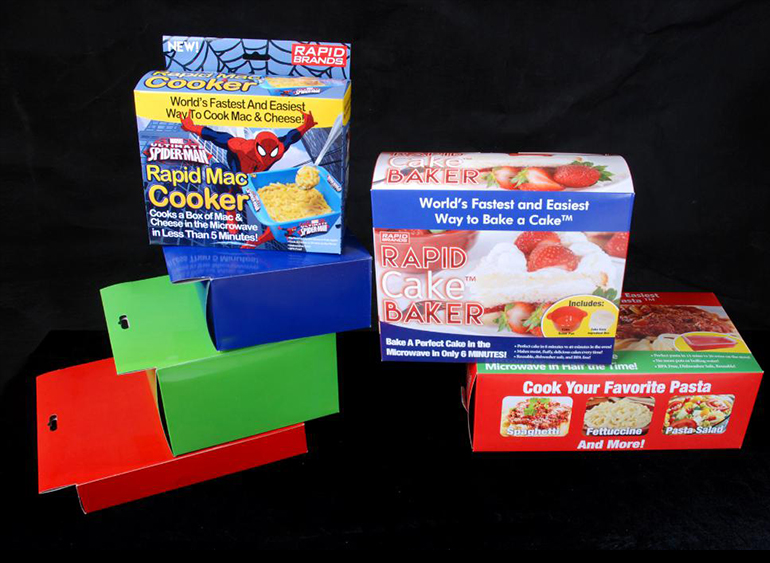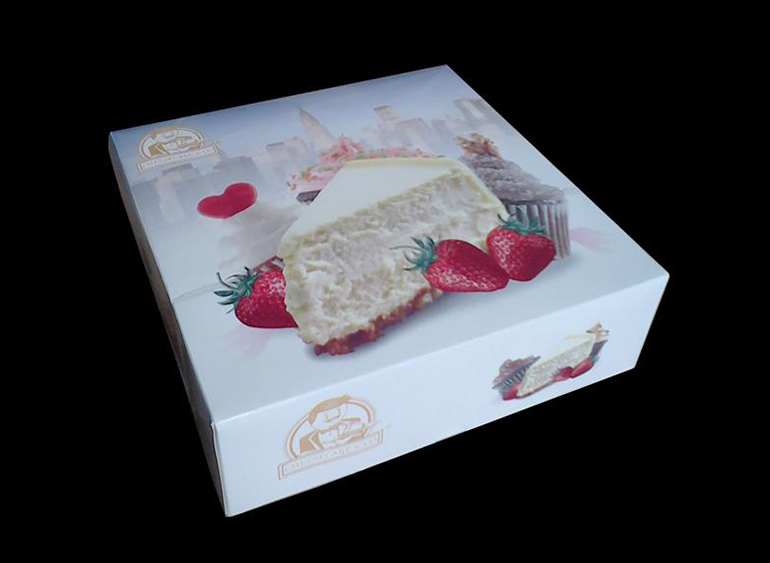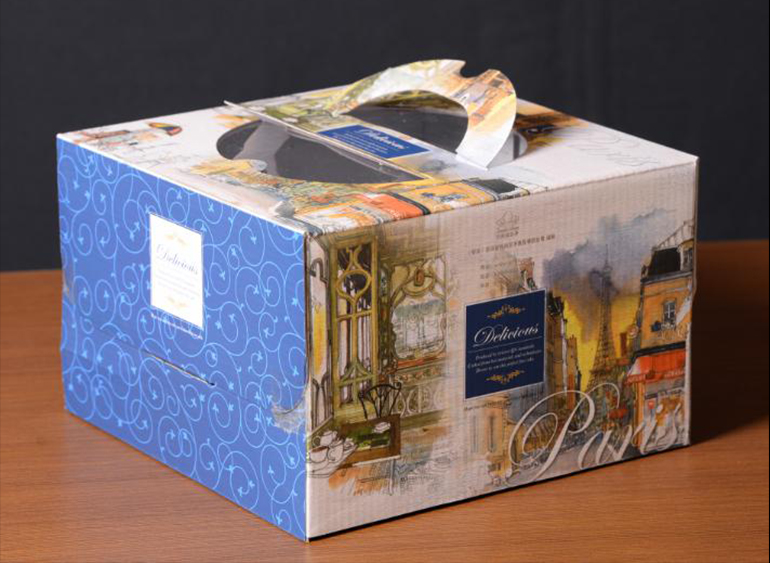The increase in merchandise has also brought about an increase in packaging waste. Among these packaging wastes, plastic materials have taken the lead. Only by recycling or recycling these plastic packaging wastes can the pollution caused by these wastes to the surrounding environment be solved.
With the development of economy, packaging has also received more and more attention from people. Now the packaging of products has become an indispensable part of commodities. Plastics have good physical and chemical properties, have good mechanical properties, can be freely shaped, good printing and other advantages, becoming the first choice for packaging goods. At present, the global annual plastic production exceeds 100 million tons, and the packaging accounts for more than 30% of the entire market.
The key to the rapid development of plastic packaging is that it surpasses all current materials in terms of material cost performance. However, after the goods are used, the packaging is discarded. From the perspective of recycling, this material is not easy to recycle. And it is not easy to decompose, and a large amount of waste plastics will cause serious pollution in the social environment, which will lead to many serious social problems. Plastic packaging waste has accounted for more than 85% of the waste plastics. Therefore, recycling and recycling technologies have also received increasing attention from the society.
There are many methods for the disposal of plastic packaging waste, which can basically be divided into landfill, incineration and recycling.
Landfill
The landfilling method is simple, does not require investment, does not require any equipment, and will not cause pollution to the surface or endanger the surface vegetation after deep-buried, and can solve the environmental pollution of this material at the fastest speed. However, this method will occupy a large amount of land for a long time. After being buried deeply, plastics will not be weathered and decomposed due to the isolation of air and sunlight. This will cause groundwater pollution and impede the infiltration of groundwater flow. Before landfilling, these wastes can be crushed into small pieces to accelerate the speed of weathering in the ground. Today's so-called eco-friendly plastic packaging also uses this principle to incorporate some easily decomposable materials into plastic materials to facilitate their decomposition in the ground.
Incineration
The incineration process can incinerate mixed plastic paper that cannot be reused, and incinerators, and the large amount of heat generated by it can be fully utilized again. The volume of plastic after incineration can be reduced to the previous 10%, and it is easy to decompose. However, attention should be paid to the fact that a large amount of harmful gases will be generated during the burning process, which will cause harm to the environment and the human body. Therefore, the treatment of exhaust gas and residues should meet certain standards.
Recycling and recycling
"Recycling and recycling" is the most active way to promote the recycling of materials. It is the most effective way to protect resources and protect the ecological environment.
Recycling can be recycled (multiplexed)
This method is mainly aimed at large, smooth, clean and easy to clean large containers, including large-capacity liquid bottles, plastic barrels and so on.
The process is roughly as follows:
Split Screen Washed Sodium Bisulfite Infusion Wash Washed with distilled water
Fifty degree drying and corresponding sanitation inspection cycle reuse
Regeneration technology (secondary use)
Mechanical treatment regeneration: including direct recycling and modified regeneration.
The principle of direct recycling is simple, but the screening process is more complicated. Which is divided into "closed" and "non-closed" two. The so-called "closed" (such as the HDPE milk bottle processed and recycled back to the milk bottle), that is, adding a large amount of fresh similar resin, about 90%, in the regeneration process, the product produced by this method in the use and mechanical operation characteristics There is no obvious difference with fresh resin products, and excellent regeneration performance. "Non-closed" (such as HDPE detergent bottles used in the recycling of HDPE milk bottles, and then made into a plastic box after recycling) that is directly processed and cleaned, with or without fresh resin, in the mixed project Some compounding agents are added to adjust the physical and chemical properties of the resin. Due to the aging of the material during the previous use and the aging during the reprocessing, the mechanical properties of the recycled plastic product are lower than those of the fresh resin.
There are three methods for direct recycling and the sources and routes of waste plastics.
1. It is not necessary to sort, clean, etc., crush and plasticize directly. This method is used in the use of plastic packaging waste for some plastic containers that are used, but are clean and free of any contamination.
2. It should be separated and washed, dried and broken. For non-contaminated containers, it is cleaned to prevent damage to the instrument. The object of this method is generally packaged waste collected from different channels after the goods are consumed and consumed, various ways and various shapes of packaging containers, films, and the like.
3. To undergo special pretreatment. If the PS plastic cushioning material is used, the defoaming and volume reduction process must be carried out in advance, and then input into the machine for processing.
The purpose of modified regeneration is to improve the basic mechanical properties of recycled materials to meet the needs of the quality of recycled products. Modified regeneration is mainly divided into two categories, physical modification and chemical modification.
Physical modification With the aid of the kneading process, a certain amount of inorganic filler is added after the plastic waste is activated, and at the same time, a good surfactant is also added to increase the affinity between the filler and the recycled plastic material. However, in the processing process, the interface layer is easily formed on the surface of the filler and the resin, which has a great influence on the performance of the recycled material. The filler can be activated after the composite treatment.
There is a big problem after the recycling of waste plastics, that is, the mechanical properties are poor. At the same time, the recycled materials can be toughened and modified, that is, adding elastomers or blending thermoplastic elastomers to improve the toughness of the materials through blending. . Can also be used to enhance its mechanical properties to enhance, this type of reinforcement is often used to enhance the plastic fiber, the performance of all aspects of the regenerated material will be greatly improved, strength, modulus will exceed the value of the original waste plastic. The heat resistance, creep resistance, and fatigue resistance are all improved, but the brittleness of the product will be increased, that is, its breaking force will increase, and the deep failure rate will be greatly reduced.
In the process of recycling, several polymers can be mixed under the action of a phase solvent to change the structure and intermolecular force to alloy it. This method can make many recycled materials have excellent performance. In the process of processing, purposely adding a certain kind of main regenerative material can achieve the desired mechanical effect. If blended with 25% LLDPE and LDPE, blown into the film, the thickness will be reduced by 33% than the general film, its tensile strength will increase by more than 45%, right angle tear strength will also increase by 50%. This can greatly extend the life of agricultural film, reduce the amount of use, and reduce costs.
The chemical modification of plastic packaging waste is to modify the material through chemical reaction means to make it change in the molecular structure so as to obtain better special performance.
There are many methods of chemical modification, but their nature is to chemical reactions on the old macromolecular chains or between chains, relying on molecular chains or reactive groups at the chain ends to react again, and then attach a certain characteristic group to the chain. The group is connected to a characteristic branch, or reacts between the macromolecular chains to form a bonded structure, which leads to a change in the properties of the material.
There are two types of chemically-bonded and chemically bonded adhesives. Chemical adhesives are usually plasticized at the softening point of the material, and peroxide-based adhesives are then added to make the materials glued together. Radiation bonding is the application of a variety of high-energy radiation sources, the material coupled with glue adhesive radiation.
Physical and chemical modification can be applied simultaneously to the same material in remanufacturing applications. In certain screw extruders, a variety of materials are physically modified on one side for chemical modification, and then the two are blended. This kind of technology can not only shorten the time and the production cycle of the improvement process, but also produce continuous production, and it can also get better results.
The chemical treatment regenerates and directly decomposes the waste plastic of the package through pyrolysis or chemical reagents, and the product can obtain chemical products such as monomers, different polymers, small molecules, compounds, and fuels. This recycling process can make the use of natural resources form a "closed" cycle. This kind of treatment regeneration has significant advantages. The chemical raw materials produced by the decomposition are separated from the new raw materials in terms of quality, and can be used in equivalence with new materials.
Chemical treatment recycling: There are mainly two types of thermal decomposition and chemical decomposition.
1. Thermal decomposition
Thermal decomposition can be divided into the following products: oil, gas, solid or mixture and process differences can be divided into: oiling process, gasification process and carbonization process.
The thermal decomposition oil process is characterized by decomposition products mainly consisting of oils, in addition to available gases and residues. This process can handle a variety of plastic waste, such as PE, PS, PMMA, PVC and so on.
The thermal decomposition gasification process is mainly used for the garbage mixed with plastic packaging wastes in the city and some mixed waste plastic wastes. This kind of process is simple. No need to pre-treat waste plastics to be processed, no sorting screening is required. As long as the mixed wastes are placed in a pyrolysis furnace, decomposition products can be obtained after decomposition.
The pyrolysis carbonization process generates a certain amount of carbonized material during the decomposition process of waste plastics, or decomposes at a higher temperature to obtain a specific carbonized material. These carbonized materials can be used as solid fuels.
2. Chemical decomposition
Chemical decomposition is the chemical decomposition of waste plastics into small molecules. This process is simple, the decomposition product is standard, uniform, easy to control, and the product does not need to be separated and purified, but it can only be used for a single type of plastic, and must be pretreated waste plastic.
Chemical decomposition can be used for a variety of waste plastics, but it is currently used only for polar materials such as thermoplastic polyesters and polyurethanes. There are also many decomposition methods, mainly catalyst decomposition method and reagent decomposition method.
Catalytic decomposition is performed under the action of a composite catalyst, and the decomposition reaction is performed under normal temperature and pressure. The decomposition product is the original monomer of the waste polymer. This decomposition method has a simple process, but the choice of the catalyst is relatively fine. The composite catalysts required to process the polyester are lithium acetate, calcium acetate, and zinc acetate.
In the reagent decomposing method, the alcoholysis is the most widely used, and the used plastic is subjected to pretreatment such as cleaning and drying, and is broken into a reactor. The polyol product can be obtained after decomposition. The hydrolysis reaction is also a more convenient means of recovery, making the condensation reaction a reverse reaction, so the object of hydrolysis is also a number of condensation polymers. Since these molecules have many hydrogen bonds formed by hydroxyl groups and have strong intermolecular interactions, they can be used as plastic materials. However, because their groups are hydrophilic or easily hydrolyzable, the final product is glucose.
Use of waste materials
PP
The recovered PP packaging products are subjected to crushing and cleaning to remove the attached dust and dust impurities, dried, and melted and plasticized, and then pelletized directly to form a semi-finished product that can be processed again. The appropriate plasticizers can be added to the semi-finished products of PP. After the injection molding process, various arts and crafts, containers, parts, and plates can be made.
&nb



